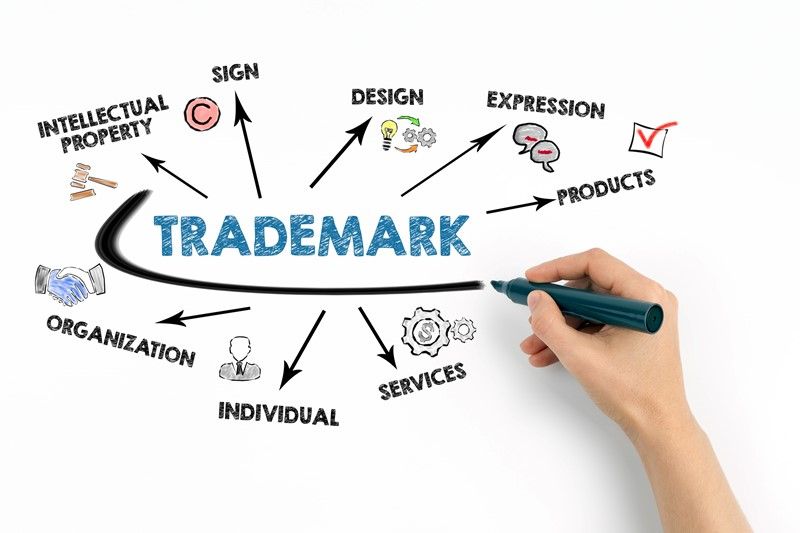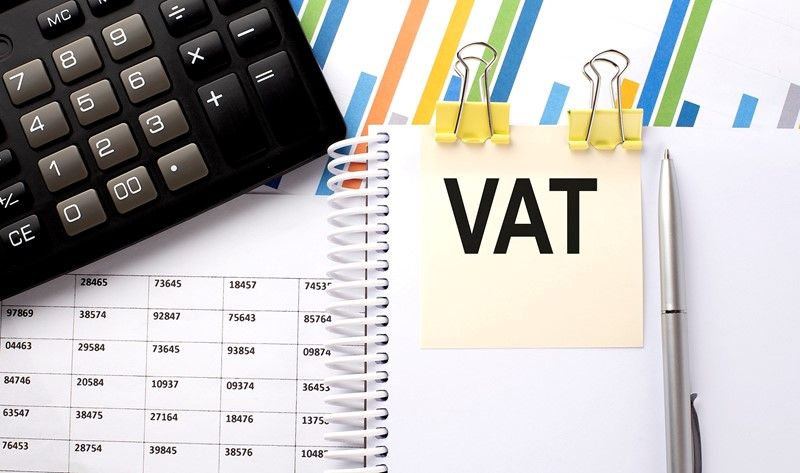Pension tax-free lump sums
Turning 55 soon? From April 2028, the minimum pension access age rises to 57. If you are planning to draw your pension, you could take up to 25% tax-free. Make informed choices about your remaining pot, as the rest will usually be taxed as income. Get advice before you act.
Most personal pensions have a minimum age for access, currently set at 55 (this will increase to 57 from 6 April 2028). When you reach this age, you can begin withdrawing from your pension, and some of the benefits can be taken tax-free.
In most cases, you’re entitled to take 25% of your pension pot as a tax-free lump sum, up to a maximum of £268,275. If you have protected allowances, you may be able to take a larger tax-free amount.
In specific circumstances, such as serious illness or where certain lump sum death benefits are paid to your beneficiaries, you or your beneficiaries may be eligible to take up to £1,073,100 tax-free. This is referred to as the Lump Sum and Death Benefit Allowance.
Once you’ve taken your tax-free lump sum, you generally have up to six months to decide how to access the remaining 75%, which is usually taxable. Your options include taking further cash withdrawals, buying an annuity for guaranteed income for life and using flexi-access drawdown to invest and withdraw flexibly.
It’s important to remember that pension income (beyond any tax-free amounts) is treated as earned income and taxed under standard Income Tax rules. This includes income from your personal pension, State Pension, employment, or other taxable sources.




